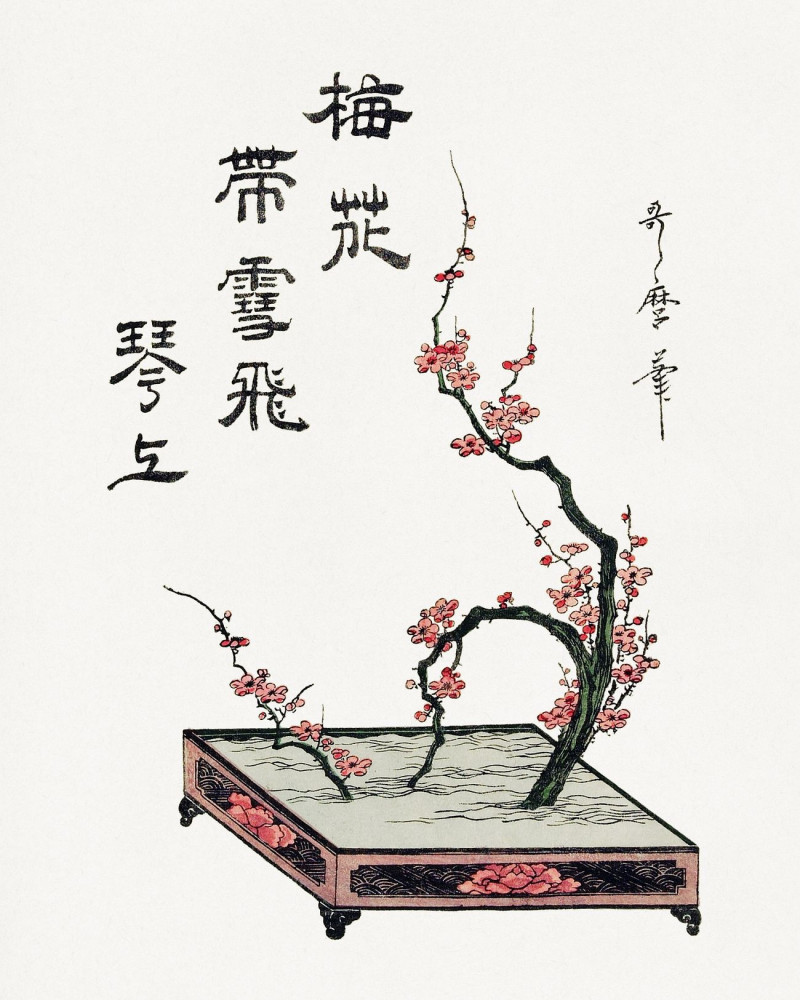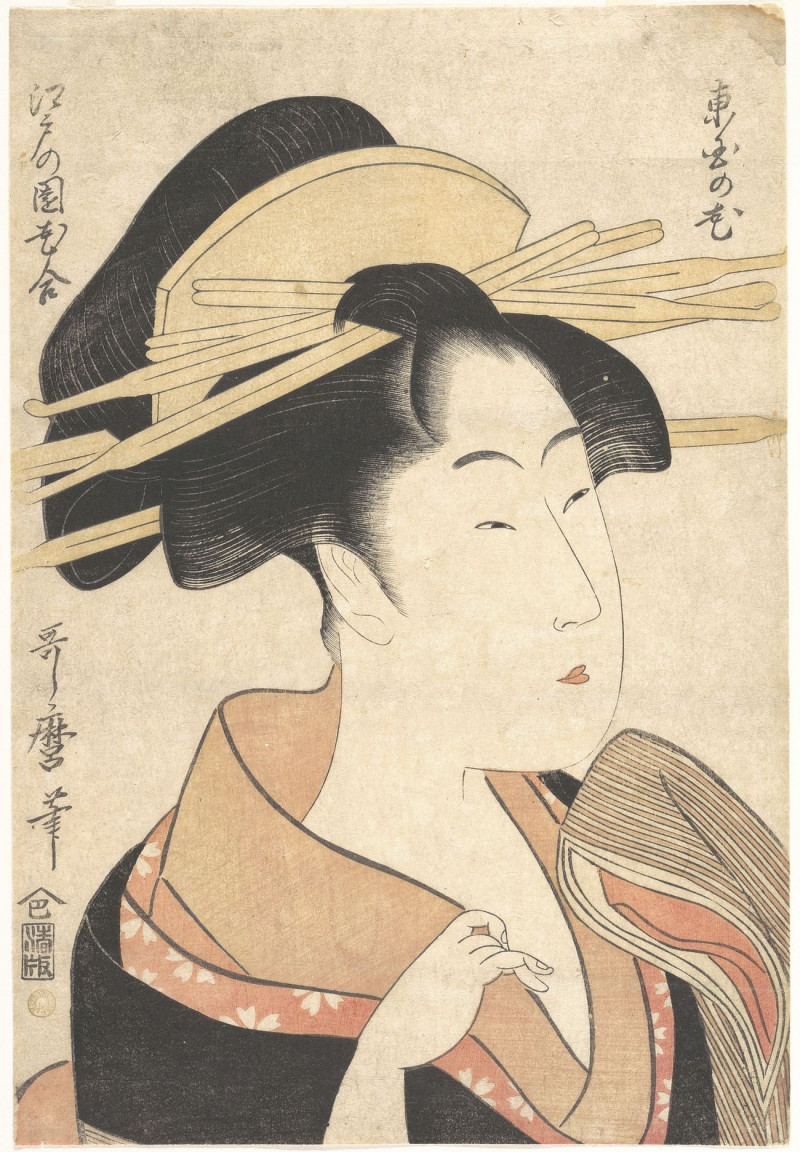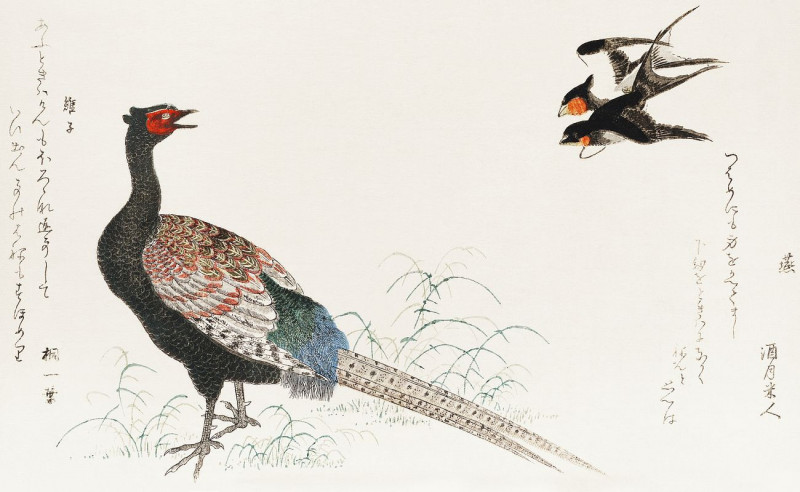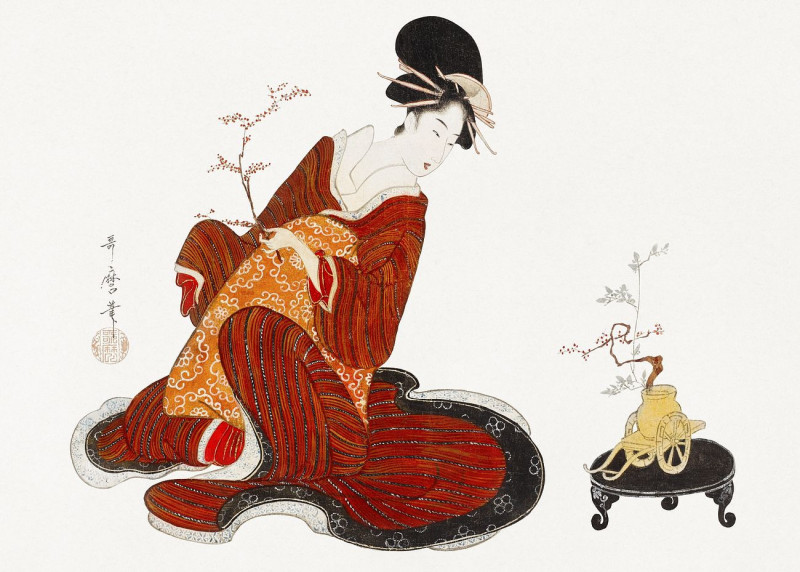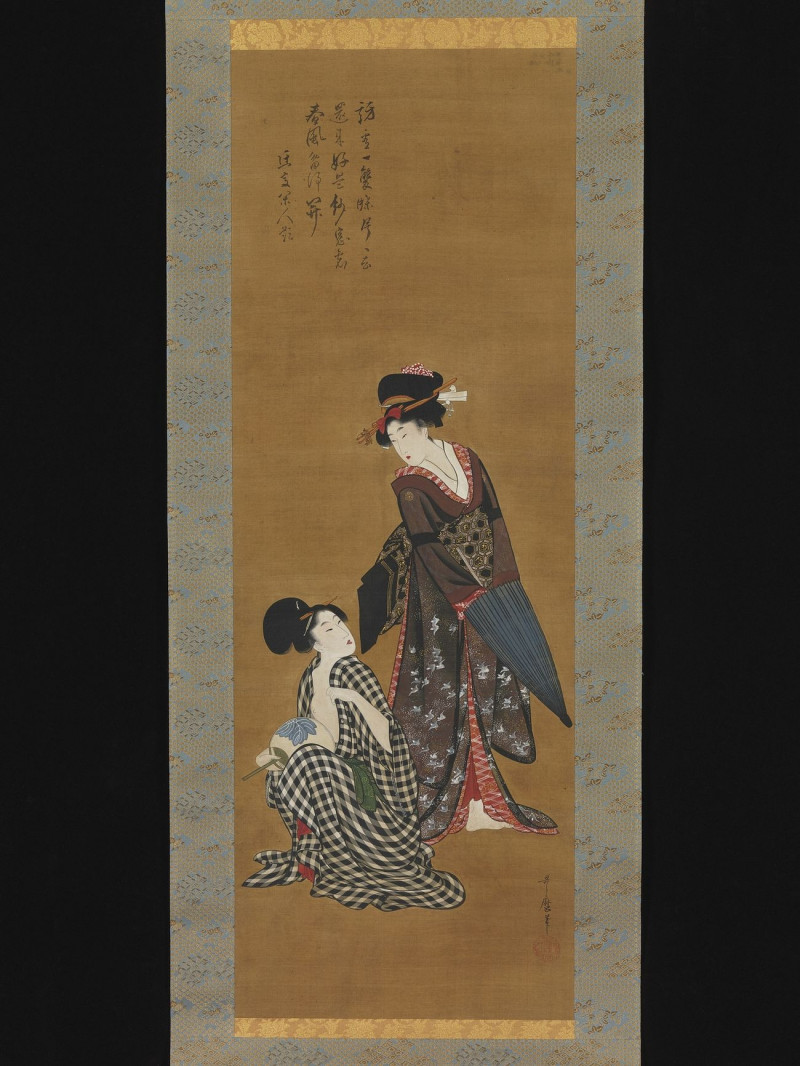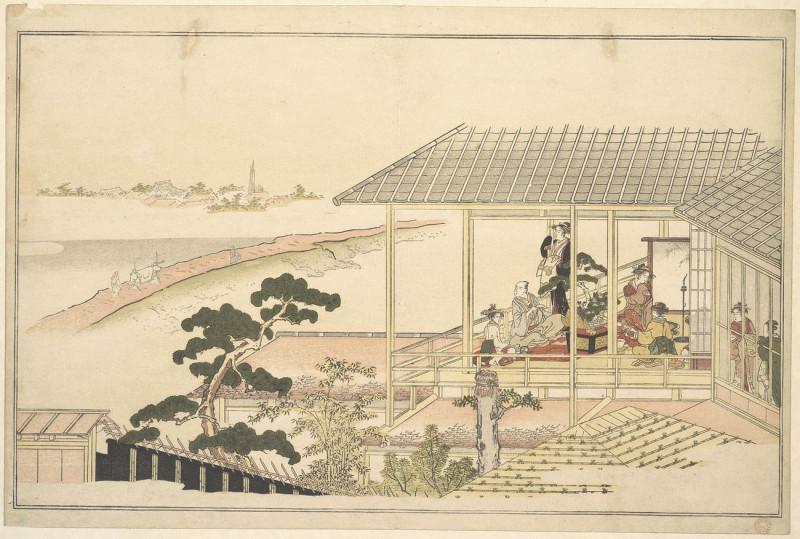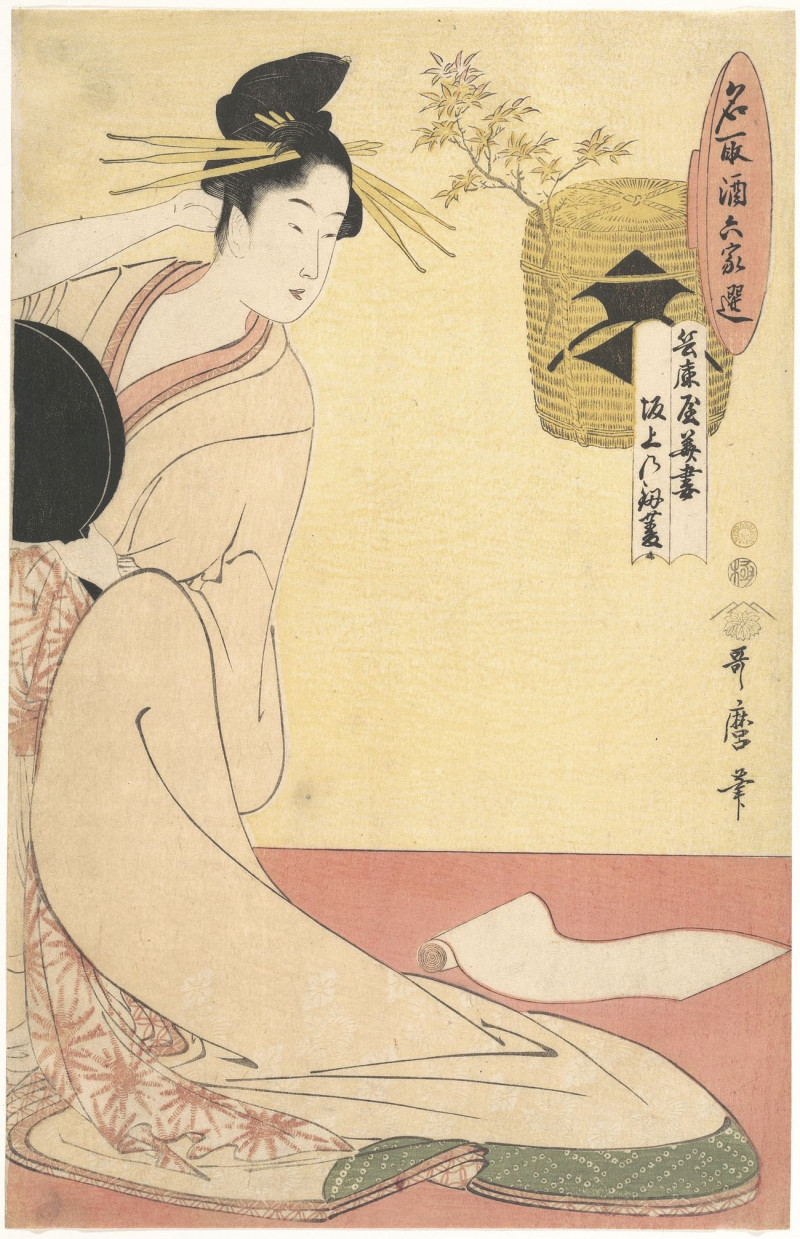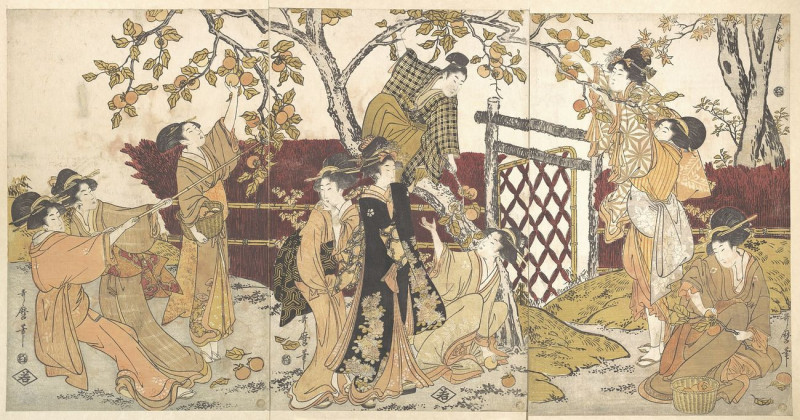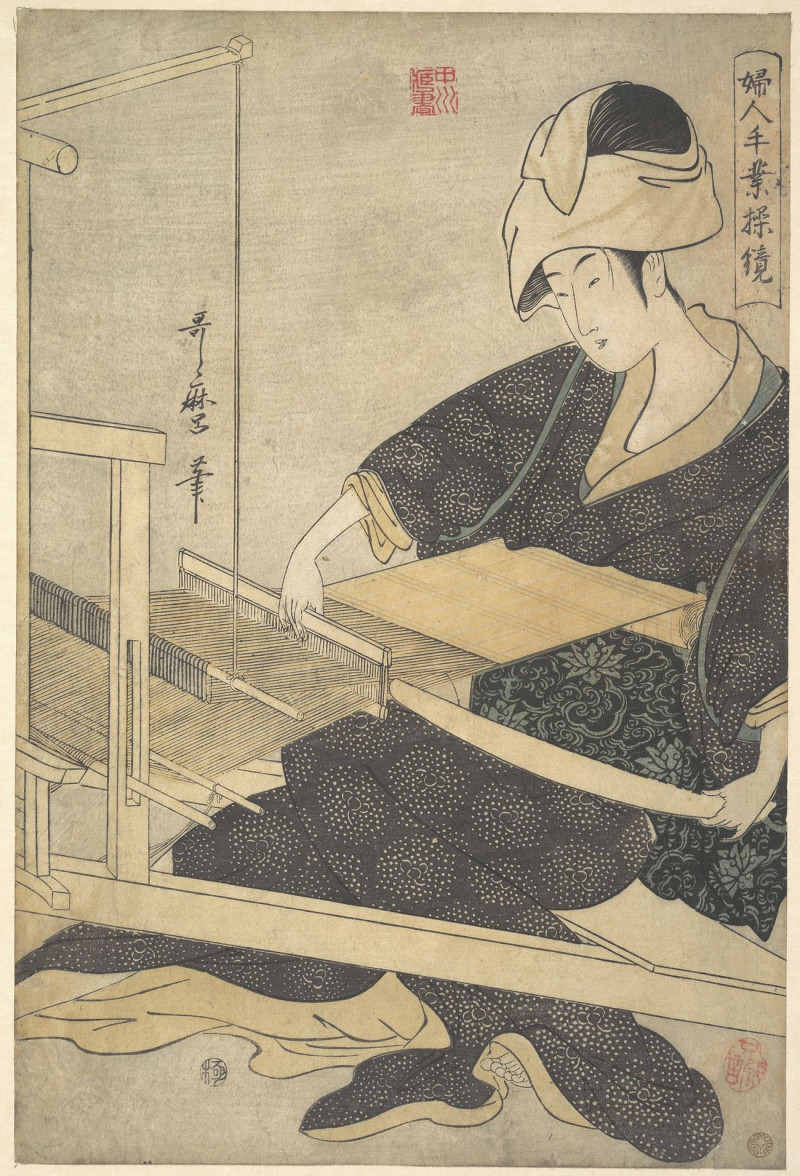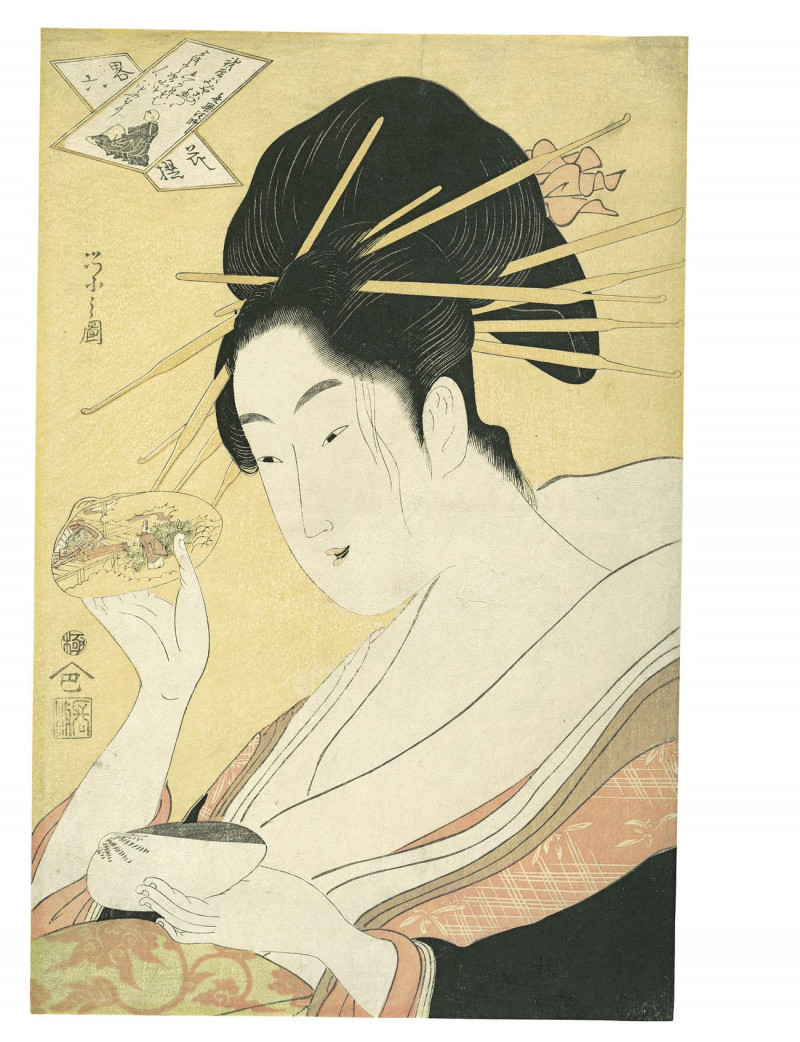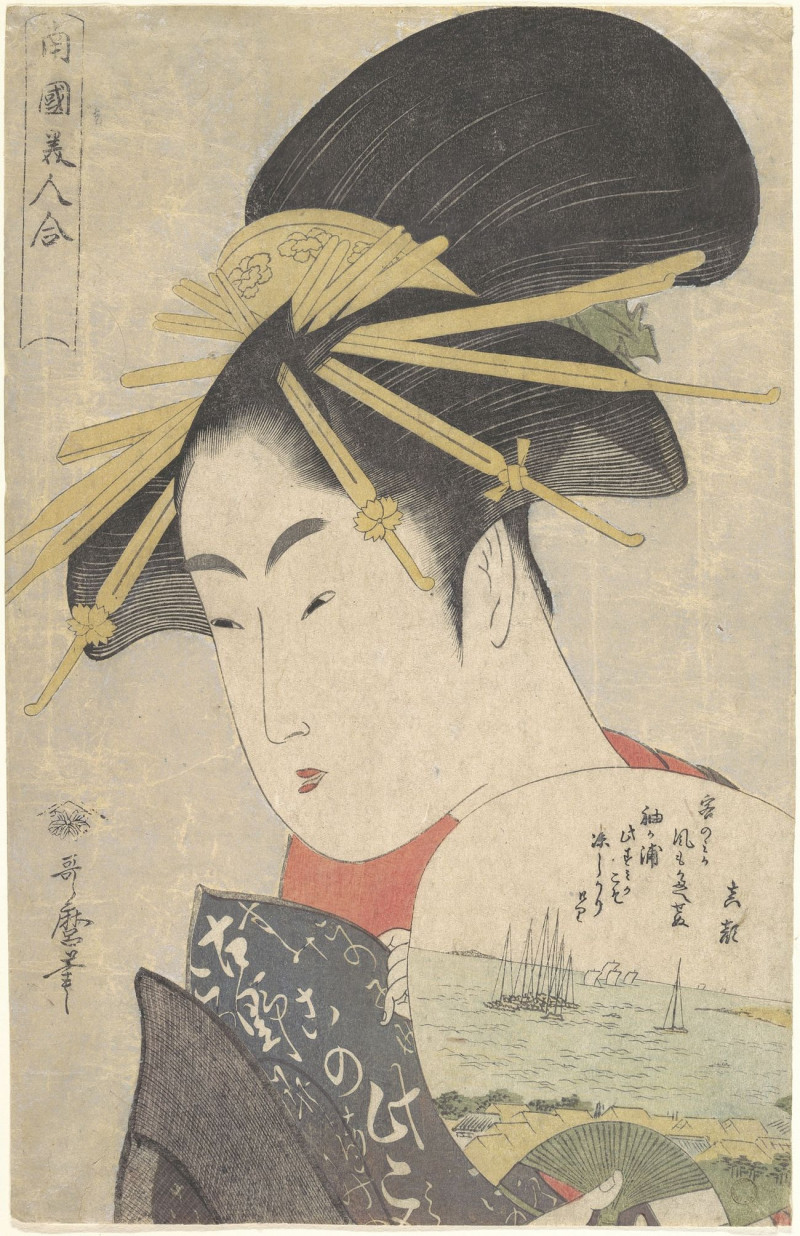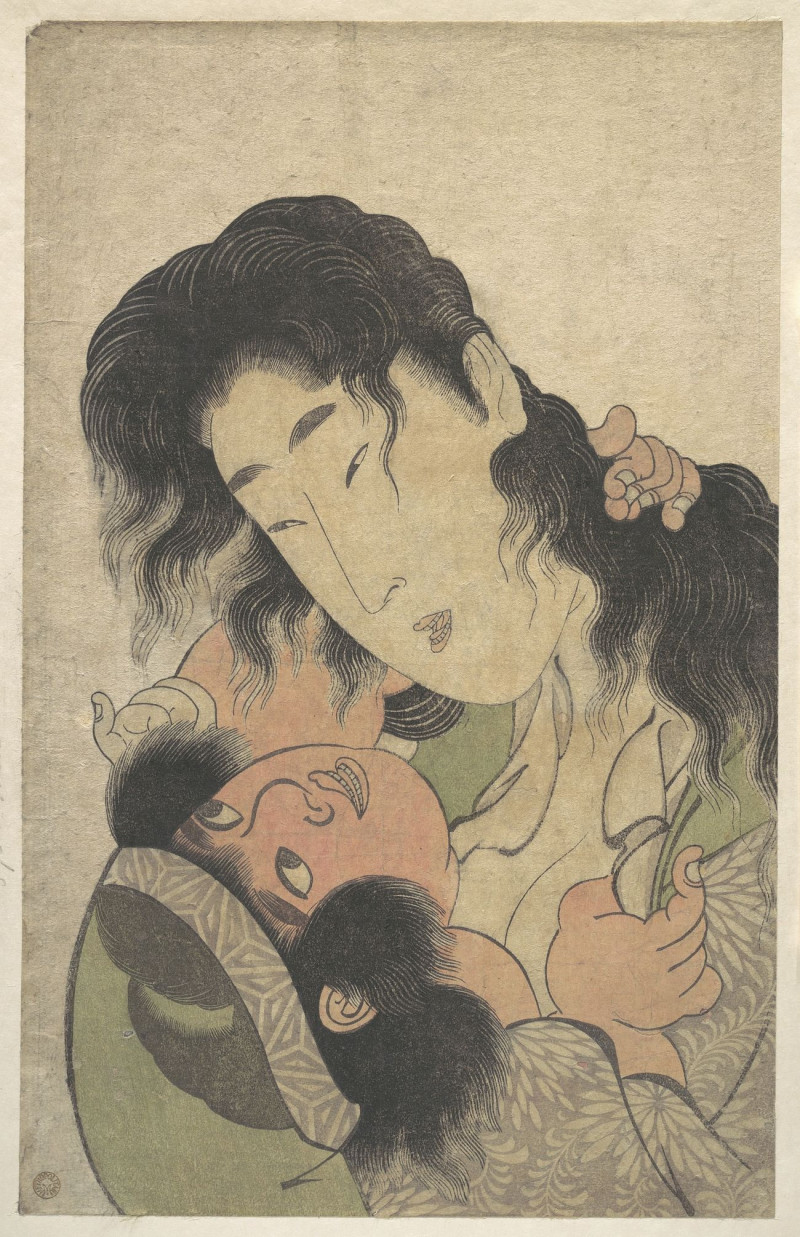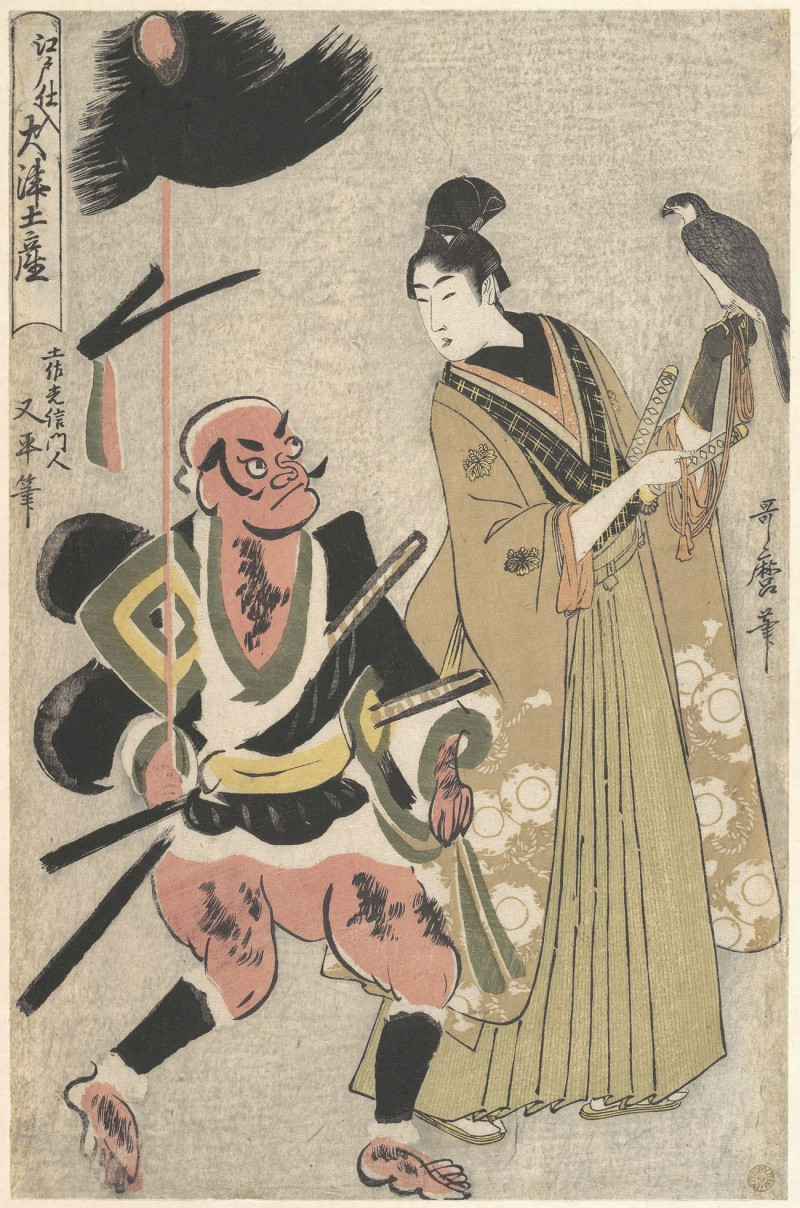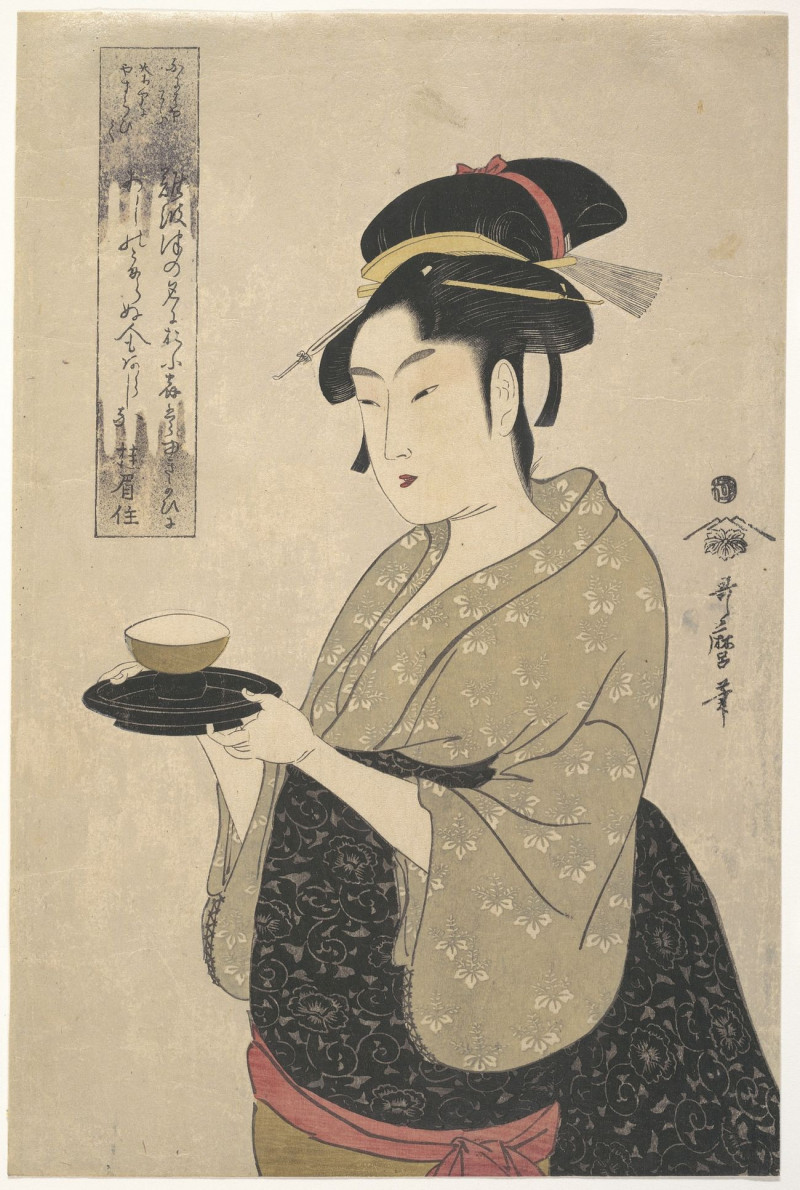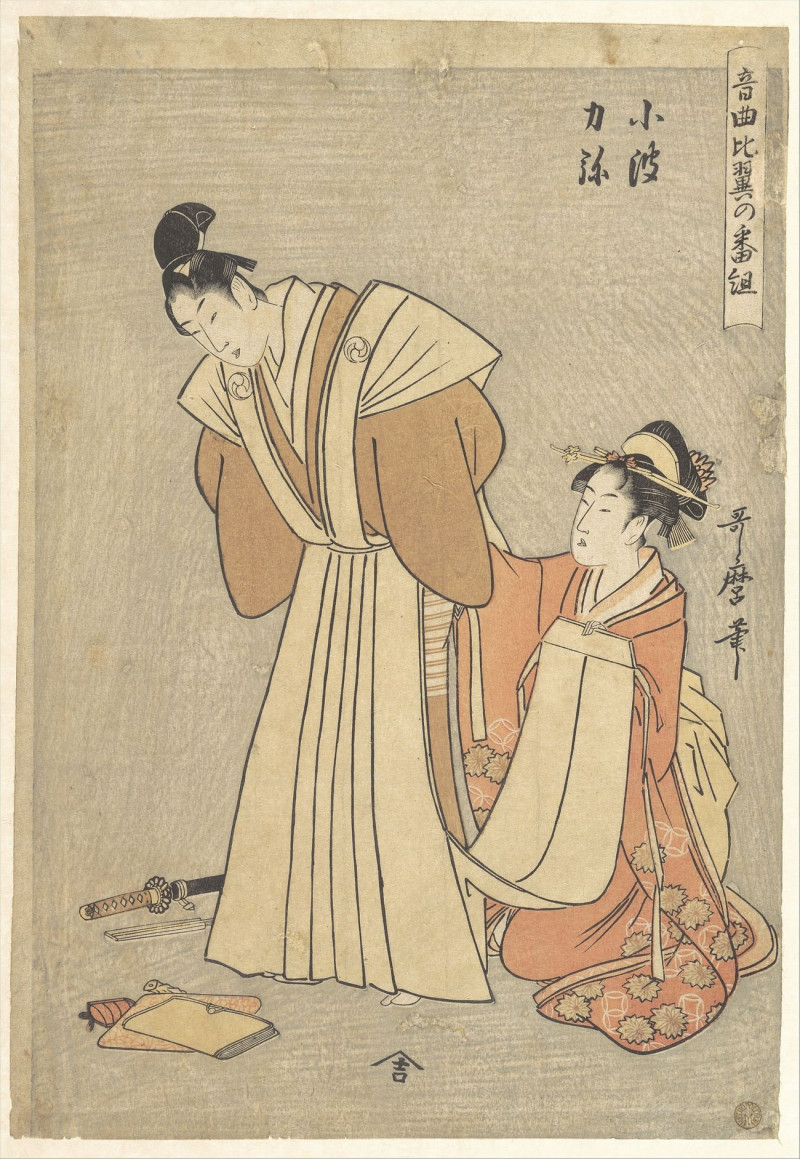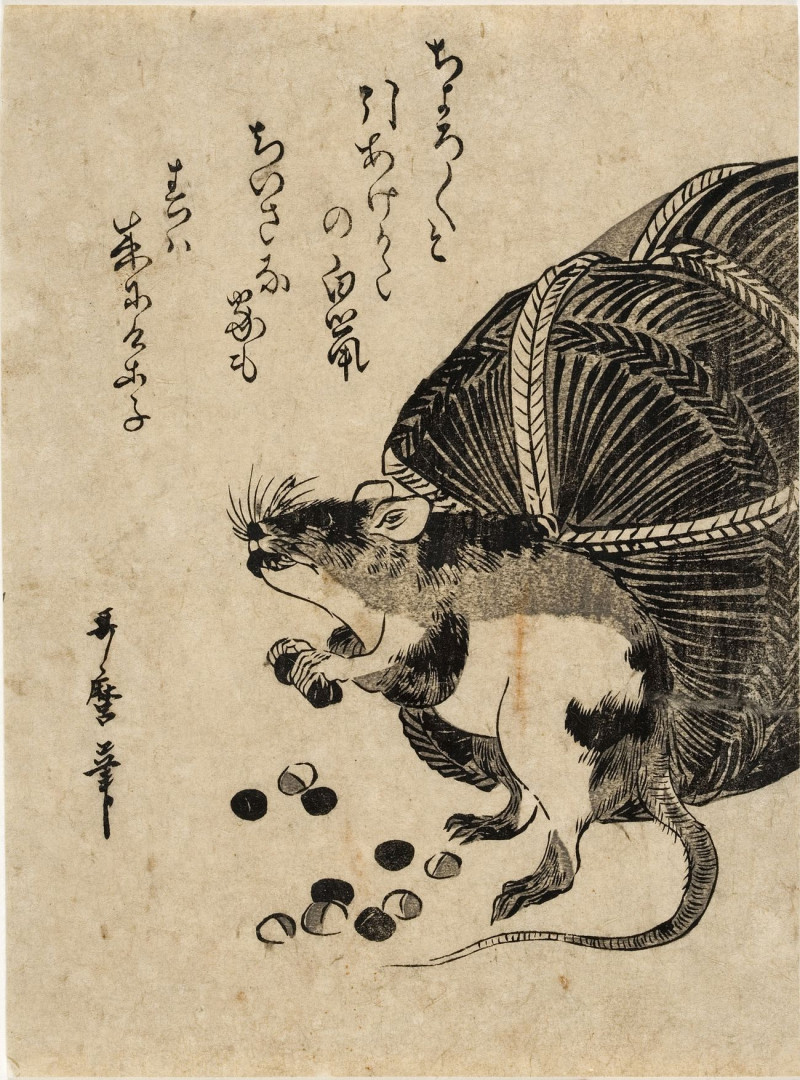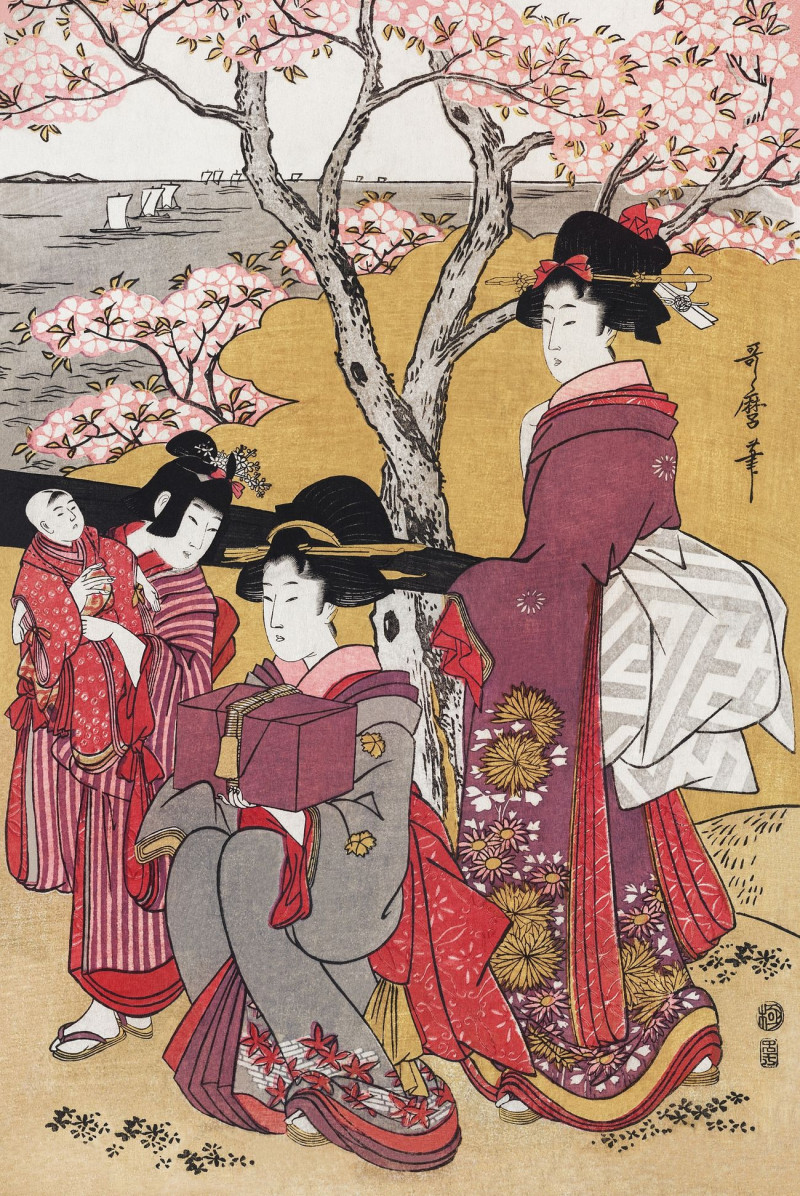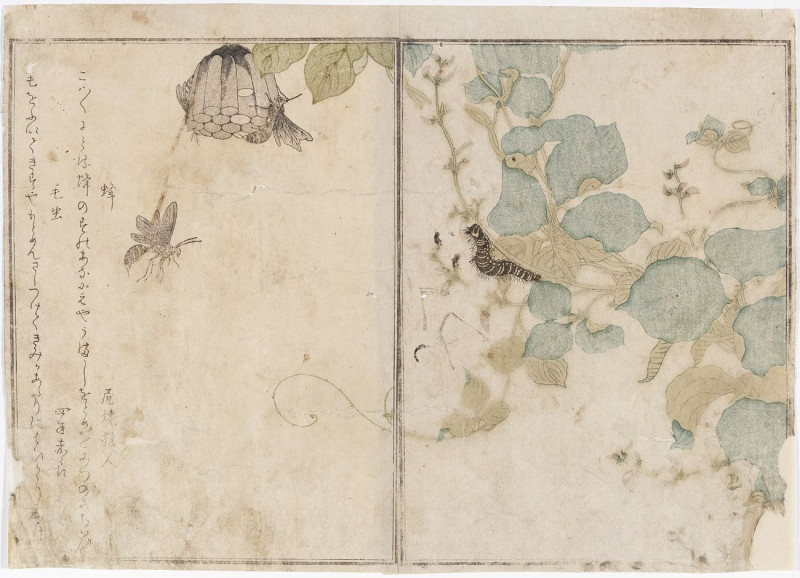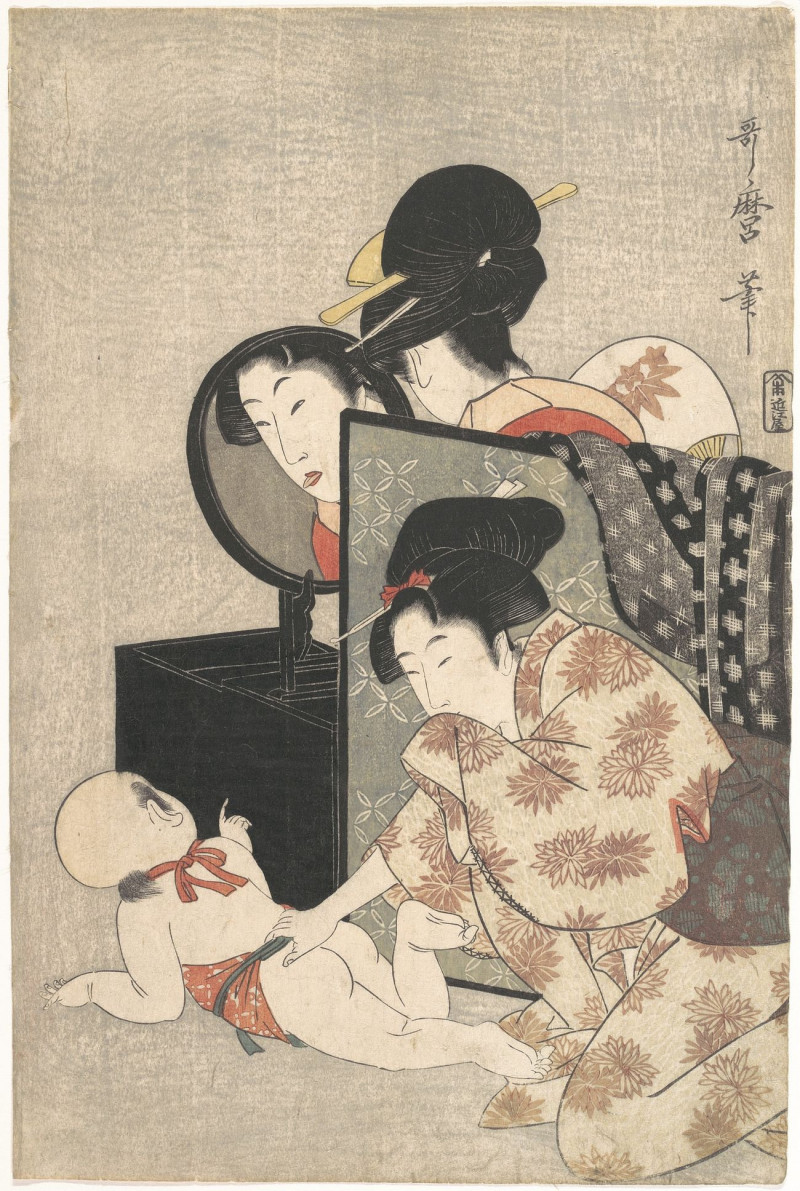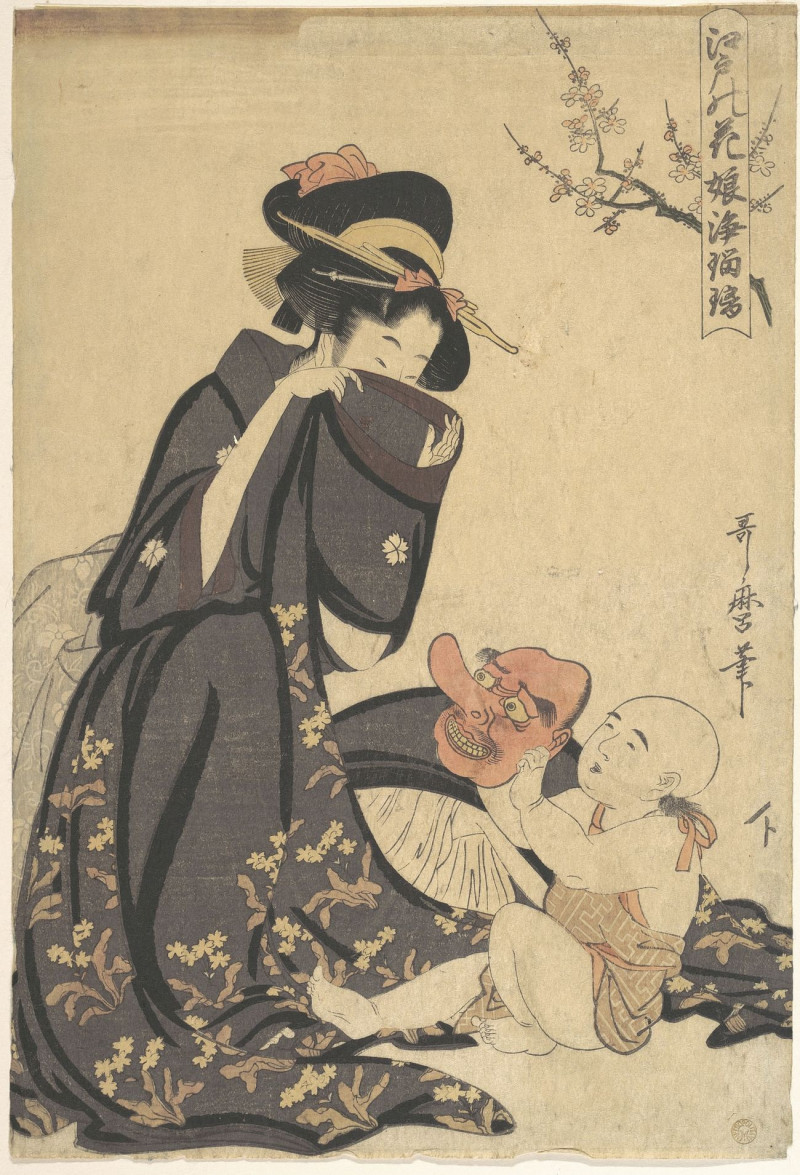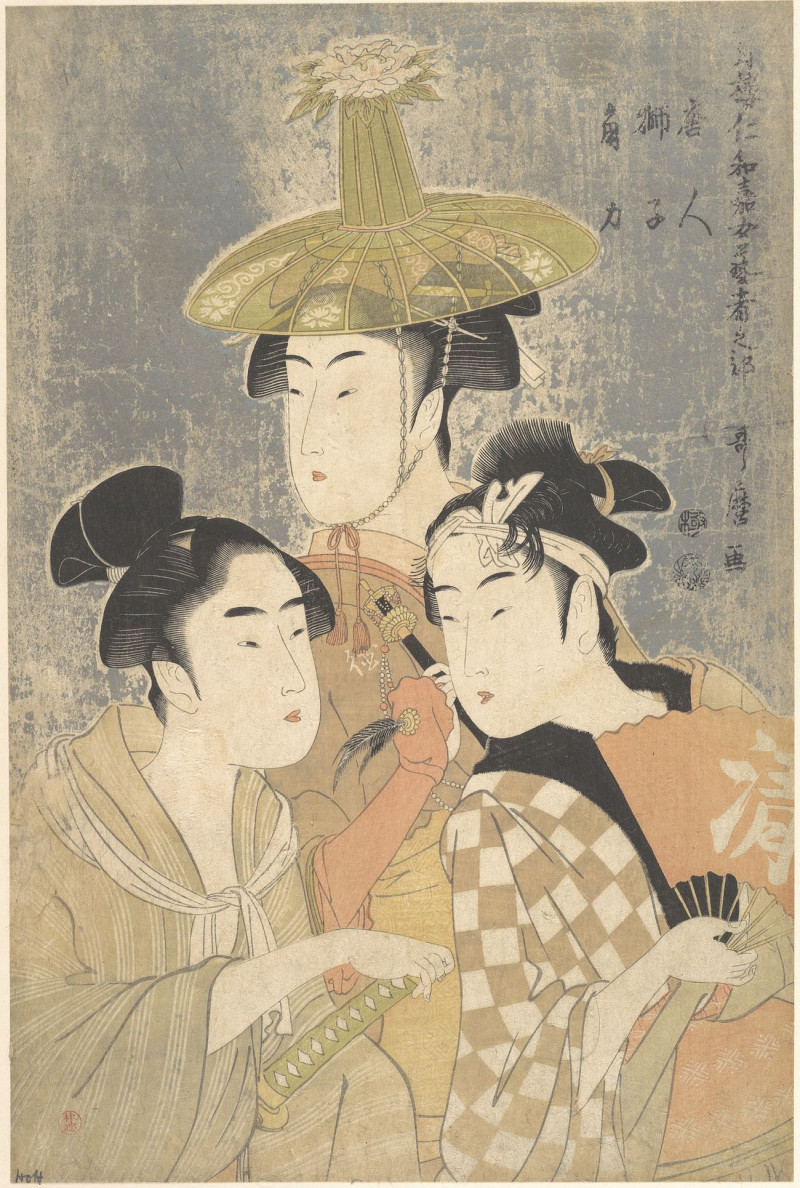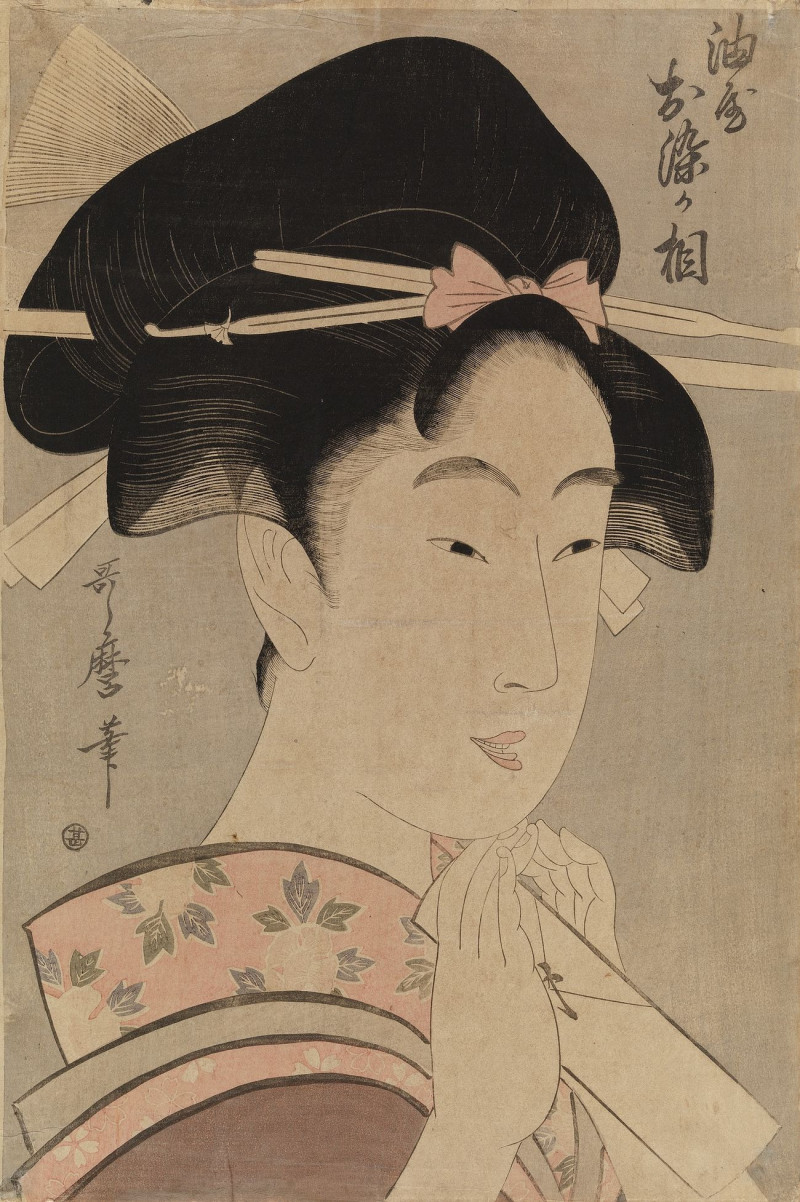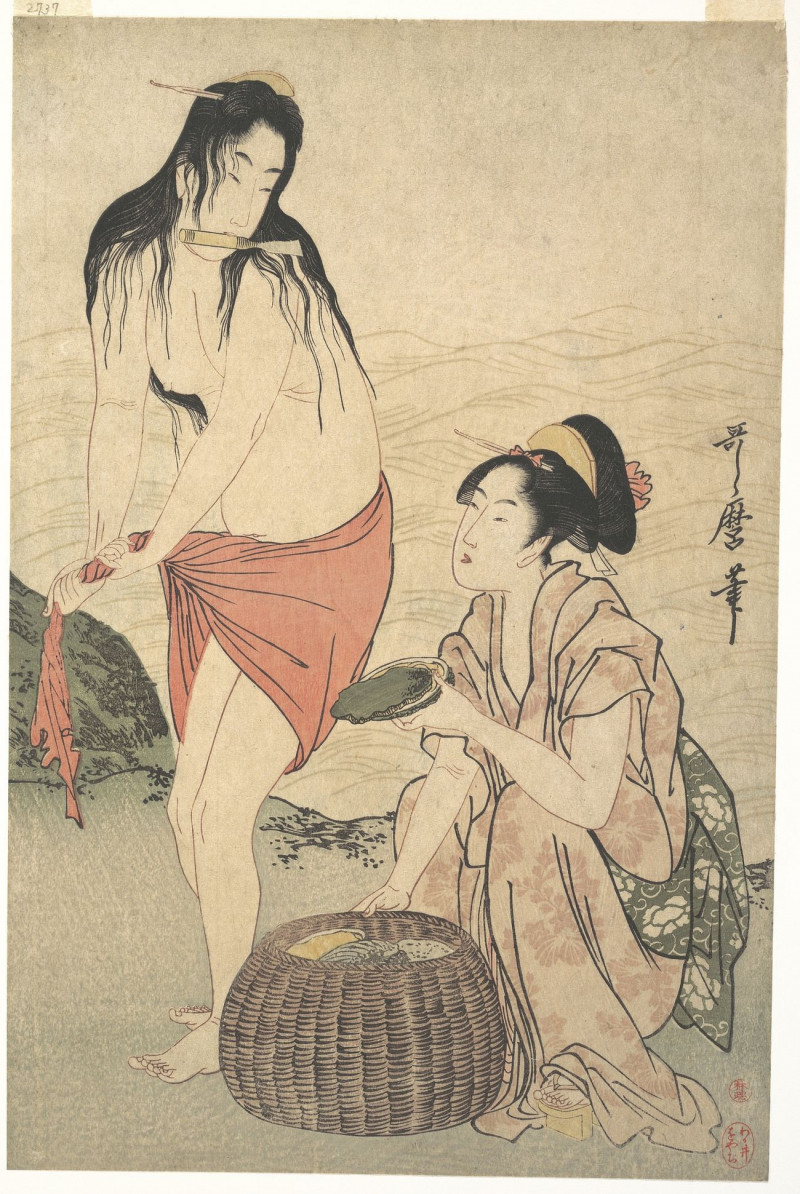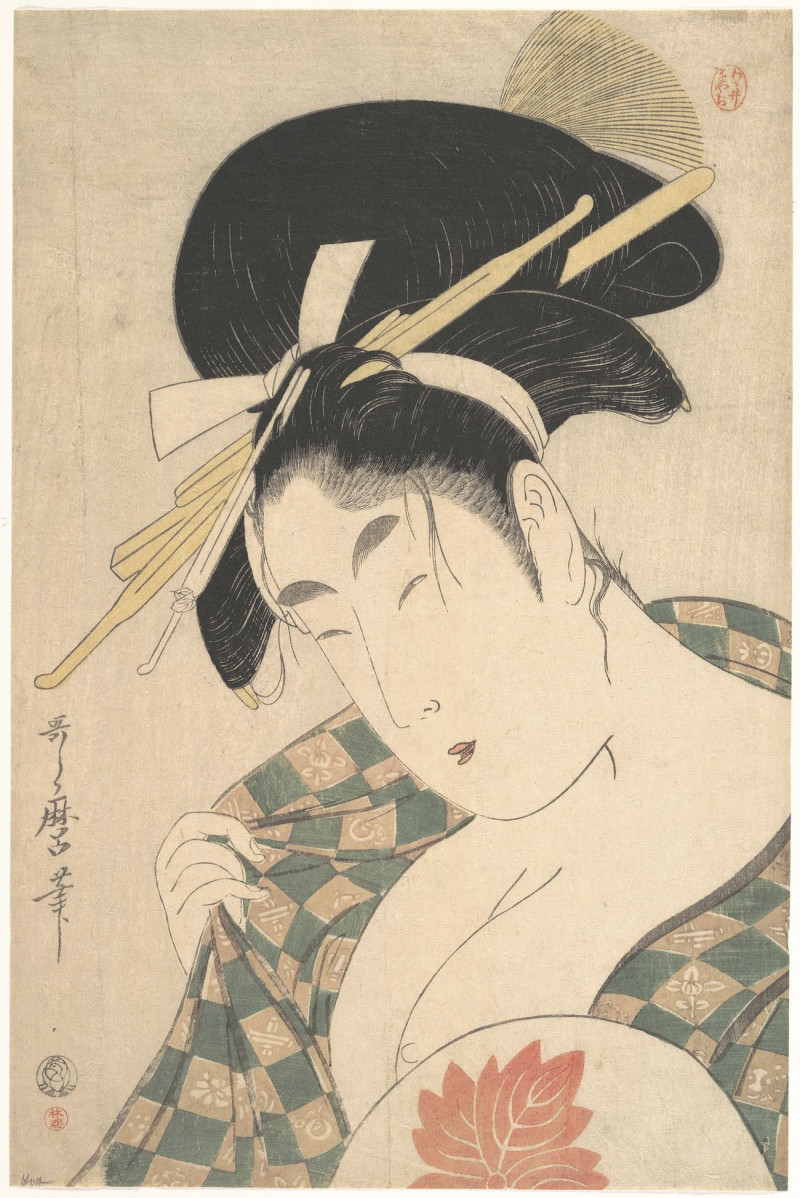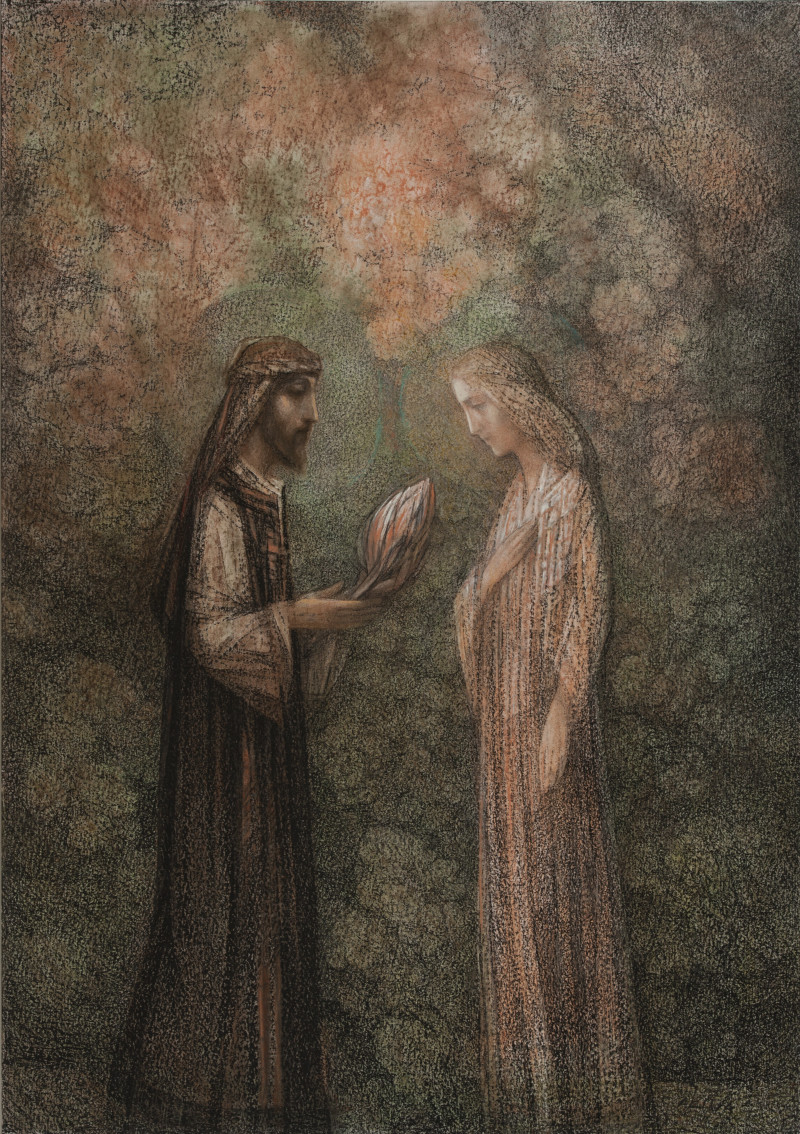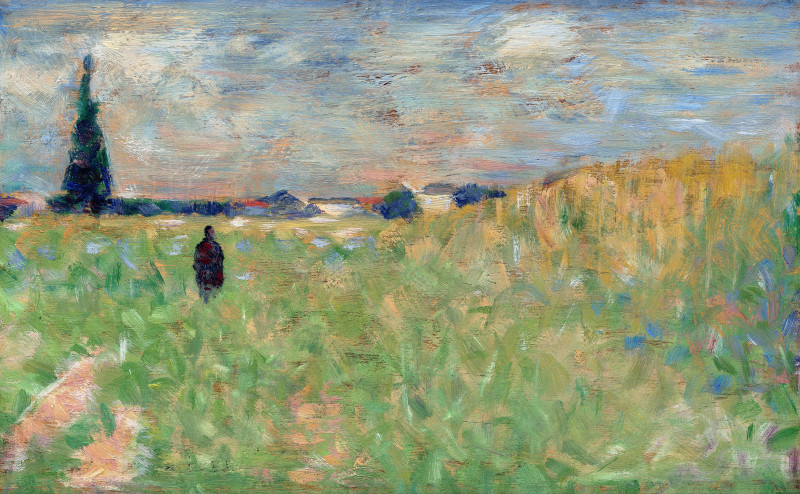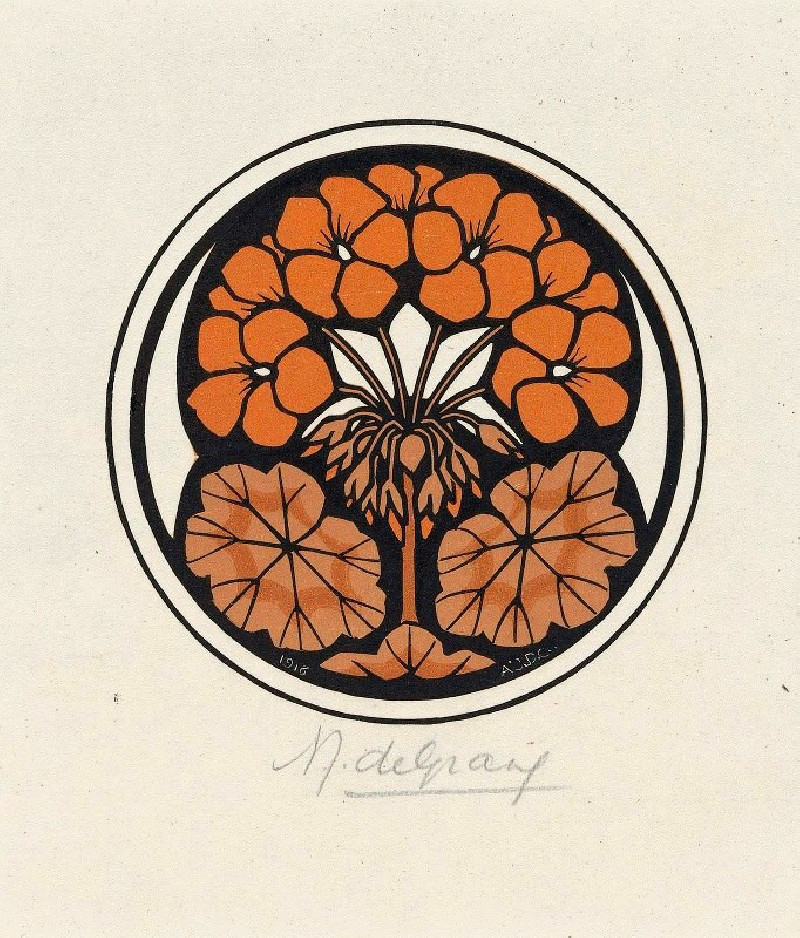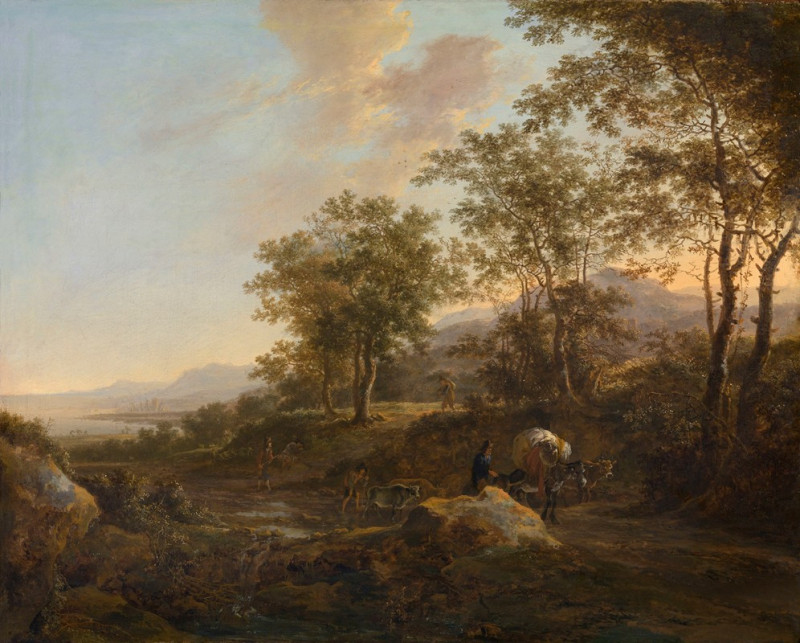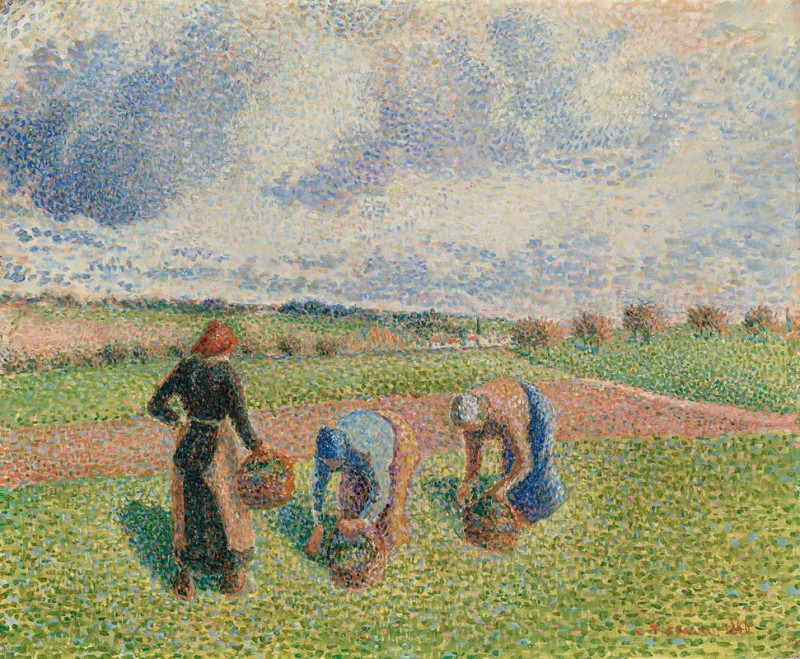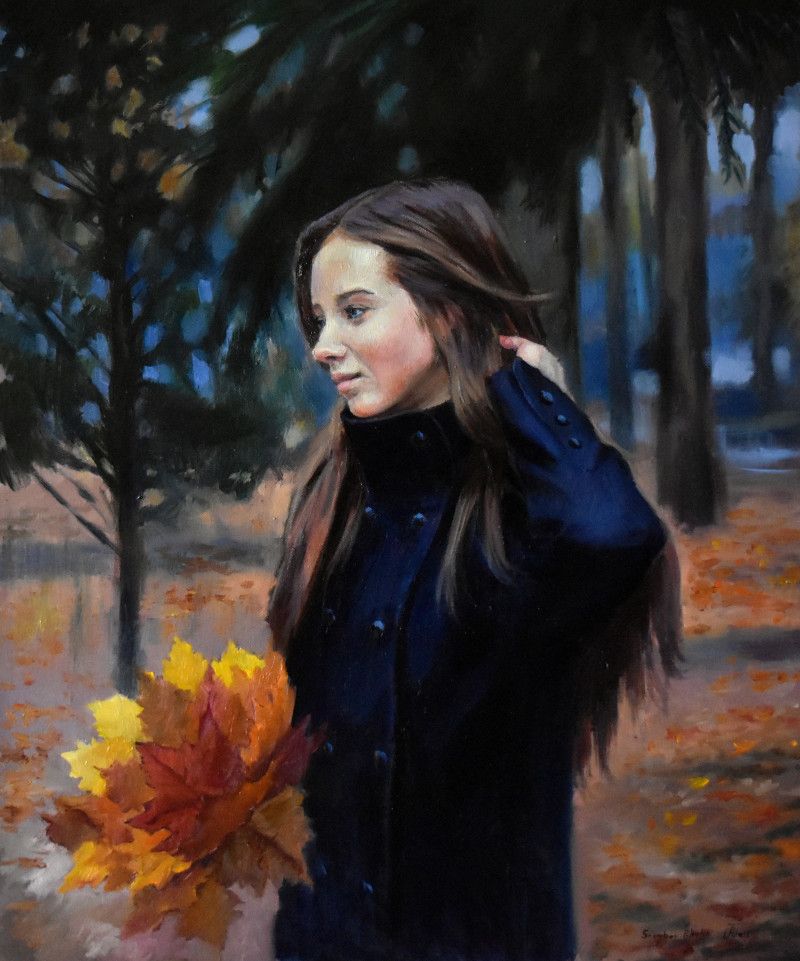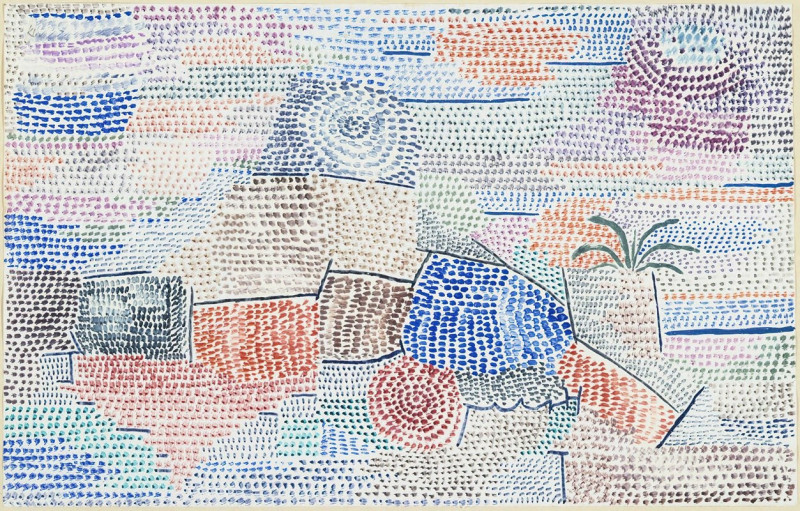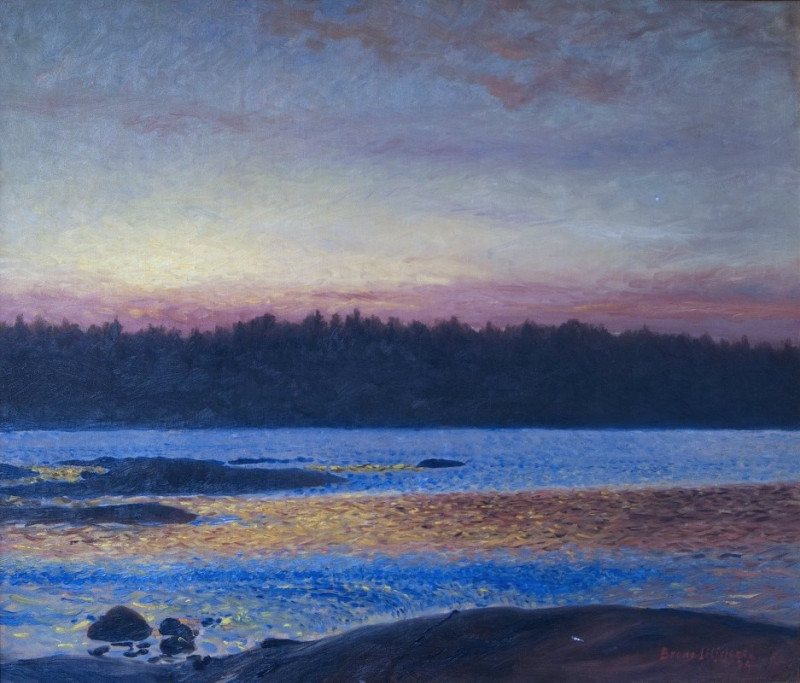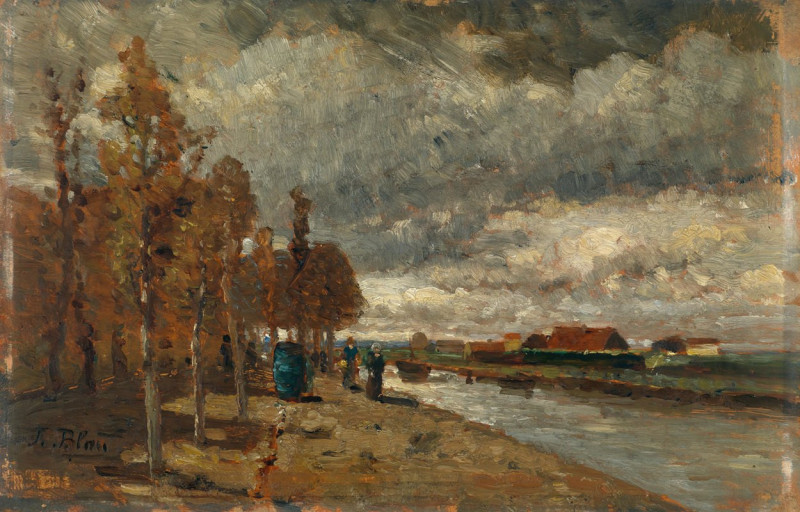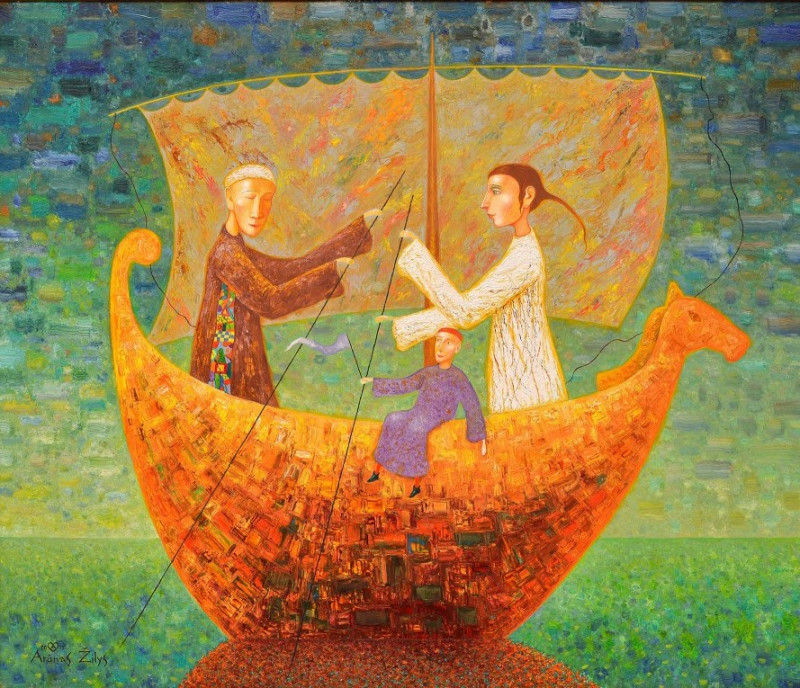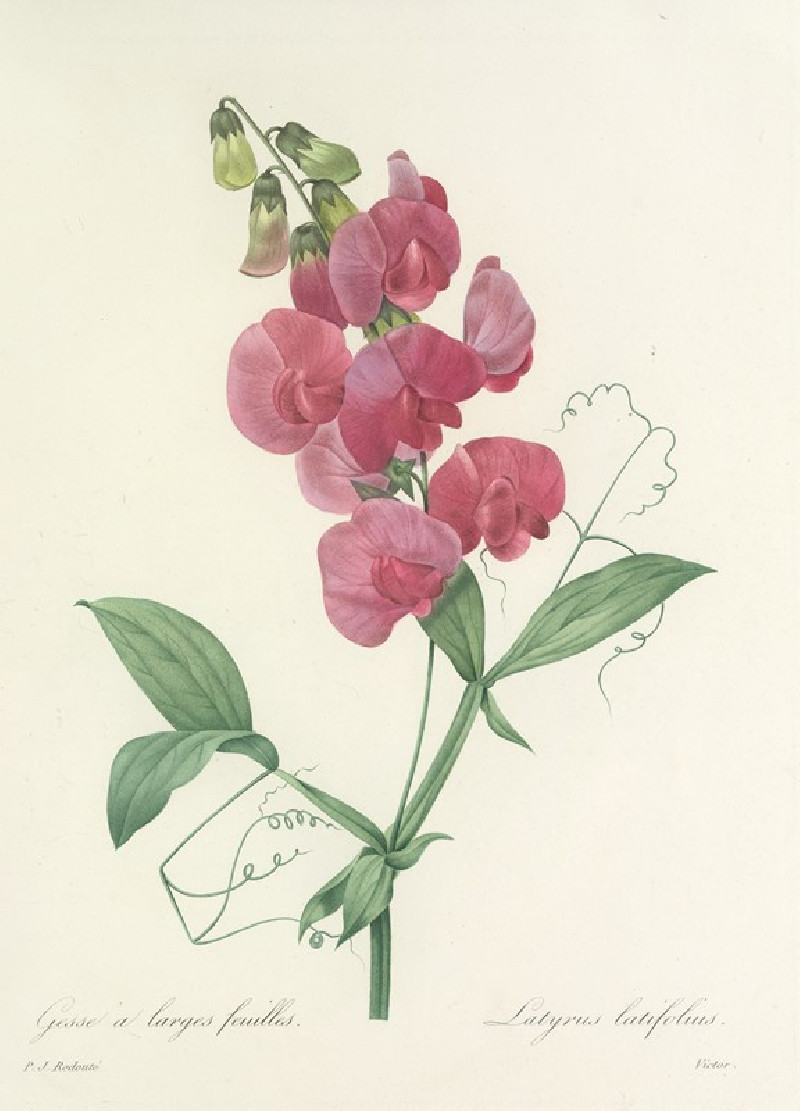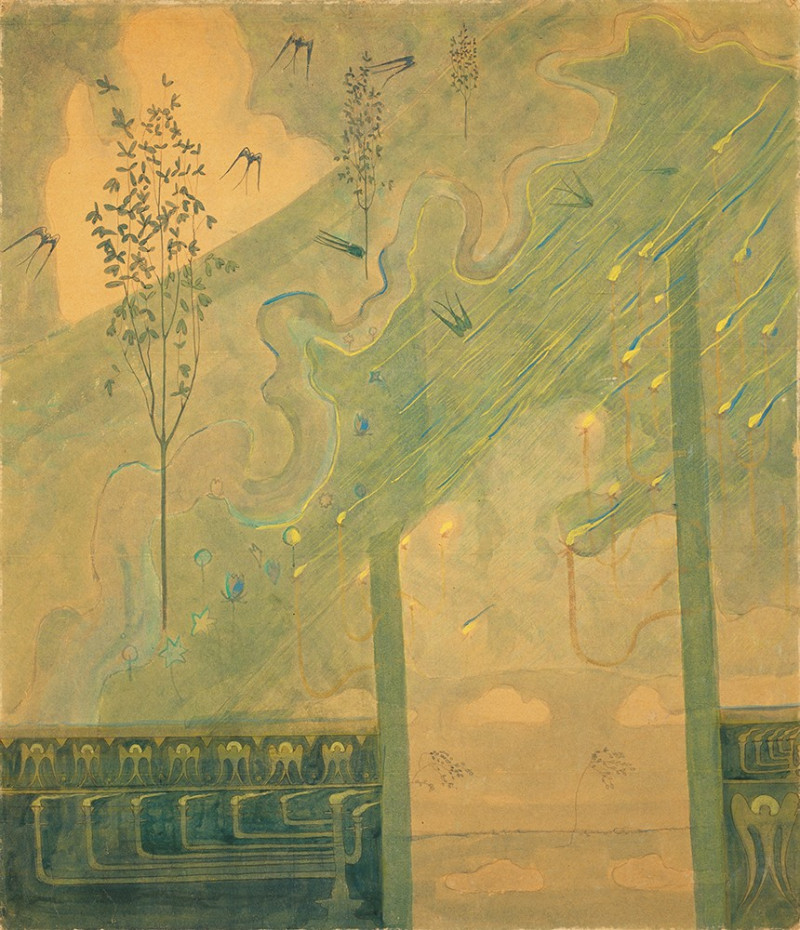Japanese Ikebana Plum Branch
Technique: Giclée quality print
Recommended by our customers
More about this artwork
This painting by Kitagawa Utamaro, titled "Japanese Ikebana Plum Branch," beautifully illustrates the art of Japanese flower arrangement, known as ikebana. The image shows a carefully arranged plum branch, the blossoms blooming vividly, symbolizing the beauty and transience of life, which is a recurring theme in Japanese aesthetics.The branch is laid out on a flat, decorative tray that has intricate floral patterns along its sides, and the tray rests on small, curved feet. The composition is sparse yet striking, capturing the essence of ikebana where the emphasis is on line, form, and balance.Adding to the visual and cultural depth of the painting, alongside the ikebana are characters of Japanese calligraphy. These characters may be poetic in nature, adding an intellectual or reflective dimension to the artwork, though their specific meaning isn't clear without a translation.Overall, the painting harmoniously blends art, nature, and philosophy, portraying these elements with sophistication and tranquility.
Delivery
Returns
During the Edo period in Japan, Kitagawa Utamaro (1753–1806) was the most famous creator of Ukiyo-e woodblock prints and paintings. Kitagawa was famous for painting beautiful Japanese women and illustrations of nature, birds being his favorite subject. His artworks also influenced European Impressionists in the mid-nineteenth century.

